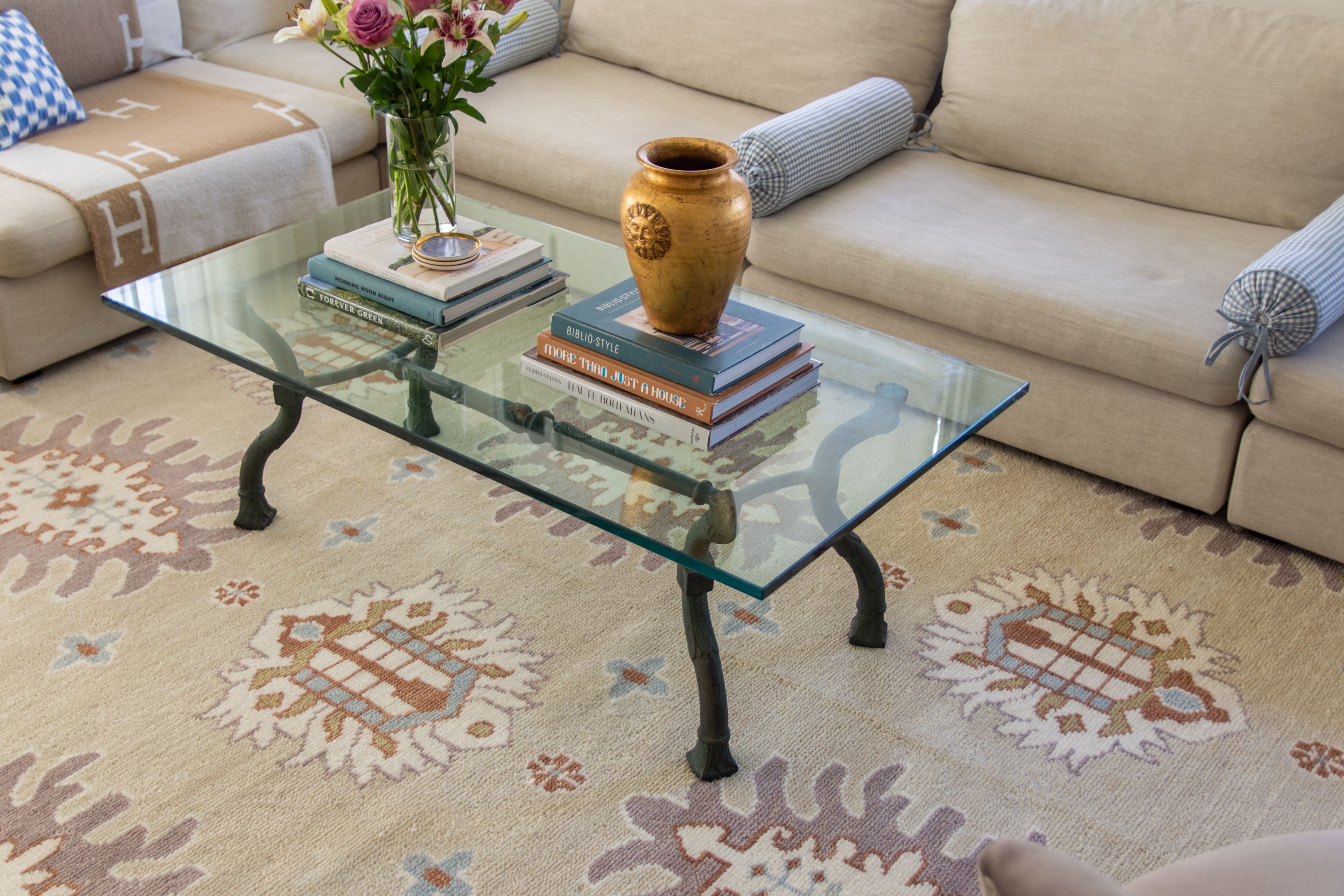How to Quickly Upgrade the Roof of Your House: A Guide

Your home's roof is more than just the cherry on top; it's the guardian that stands between your living space and the elements, a key component of structural integrity, and a significant contributor to curb appeal. For many homeowners, the prospect of upgrading a roof can be daunting, rife with complexities of budgeting, selecting materials, and ensuring quality workmanship. However, when approached with the right insight and a plan, even a relatively complex roofing upgrade can be achieved with relative ease and efficiency. Whether your roof is in dire need of a refresh or you're simply looking to enhance the value of your property, read on to discover how you can quickly and effectively upgrade the roof of your house.
Start with an Interior Inspection
Begin by checking the interior of your home for any telltale signs of roof damage or water leakage. These might include damp spots on the ceiling, mold or mildew growth, or visible light where it shouldn't be. Addressing any issues you find inside can prevent them from escalating and guide you on where to look more closely on the exterior. If the interior inspection reveals any potential problems, consider hiring a professional roofing contractor to conduct a thorough exterior assessment.
Take an Exterior Survey
Climb onto your roof or use binoculars to inspect it from the ground. Look for missing, damaged, or curling shingles, as well as any areas with sagging or signs of rot. Additionally, check the condition of your roof's flashing and the state of your chimneys, vents, and skylights.
For instance, if you have a metal roof, check for any rust or corrosion, and for asphalt shingles, make sure they are free of granule loss. Trim back any overhanging branches that could potentially damage your roof in the future. It's also essential to inspect your gutters for clogs or damage as these can lead to water pooling and seeping under your roofing materials.
Considering Professional Roofing Assistance
If your roof inspection reveals any significant damage, it's best to hire a professional roofing contractor. They have the expertise and tools necessary to safely navigate and repair any issues they find. Additionally, roofing specialists can provide valuable insights into which materials will work best for your climate and budget. The cost of hiring a professional may seem daunting, but it can save you time and money in the long run by ensuring a quality installation.
A lot of homeowners are tempted to tackle a roof upgrade themselves, but this can be dangerous and potentially lead to costly mistakes. Furthermore, many roofing materials come with warranties that require professional installation for the warranty to stay valid. By hiring a professional, you'll have peace of mind knowing that your new roof is installed correctly and backed by a warranty in case any issues arise in the future.
Assess the Age and Life Expectancy
Most roofs have a lifespan of around 20-30 years, depending on the materials used. Understanding the age of your roof and its projected life expectancy can help you make decisions on whether to simply repair or to invest in a complete replacement.
In the case of a newer roof, it may only require some minor repairs or maintenance to extend its lifespan. However, if your roof is rapidly approaching the end of its life expectancy or has significant damage, replacement may be the most cost-effective option in the long run.
Choosing the Right Roofing Materials
Selecting the appropriate roofing materials is a pivotal decision in the roofing upgrade process, affecting not just the aesthetic appeal of your home but also its durability, energy efficiency, and maintenance requirements. The market offers a wide range of options, including asphalt shingles, metal roofing, clay tiles, and slate, each with its own set of benefits and drawbacks. Asphalt shingles, for instance, are cost-effective and widely preferred for their versatility and ease of installation. Metal roofing, on the other hand, is known for its durability and energy efficiency, reflecting sunlight and reducing cooling costs. Clay tiles and slate offer unparalleled longevity and a unique aesthetic but come with a higher price tag and weight considerations. Weighing these factors against your budget, climate, and the architectural style of your home will guide you to the best possible choice for your roofing project.
Don't Forget About Ventilation
Proper ventilation is essential for maintaining a healthy, durable roof. Adequate airflow can prevent moisture buildup and reduce the likelihood of mold or rot developing. It also helps regulate the temperature in your home, reducing energy costs and potential damage caused by extreme heat or cold.
Make sure to discuss ventilation options with your roofing contractor and consider adding additional vents or insulation if necessary. Some roofing materials, such as asphalt shingles, may require specific ventilation systems to function properly.
All in all, upgrading your home's roof is a substantial but essential investment that not only protects your home but also enhances its overall value and curb appeal. By starting with a thorough inspection, seeking professional guidance when necessary, considering the age and materials of your roof, and not overlooking the importance of proper ventilation, you can ensure a successful roofing project. Remember, while the process may seem overwhelming at first, the right preparation and professional help can make your roofing upgrade both efficient and effective, securing your home for many years to come.








